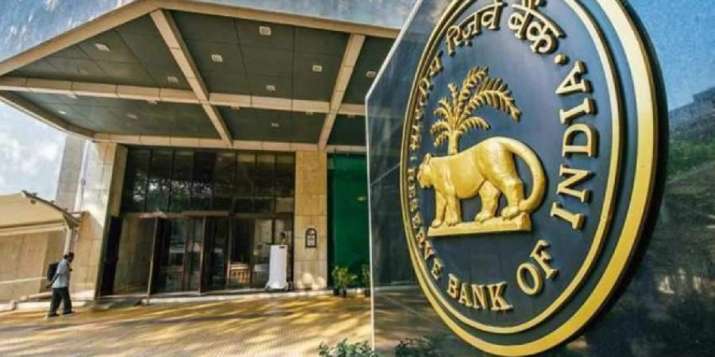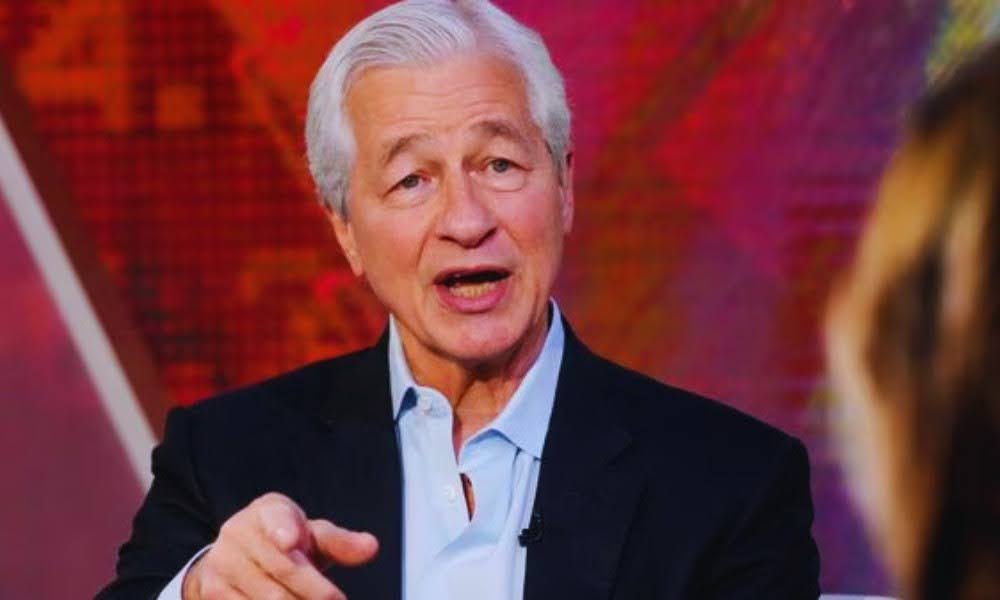CLSA’s Tactical Pivot: From China’s Stimulus to India’s Strategic Overweight

Within days of Donald Trump securing the U.S. presidency, Hong Kong-based brokerage CLSA made a significant shift in its market strategy, increasing its allocation to Indian equities to a 20% overweight while reducing its exposure to China.
This move reversed its October stance when it favored China, buoyed by Beijing’s initial $1.4 trillion economic stimulus announced on September 24. Despite China unveiling a second tranche of the stimulus package on November 8, with another expected in January 2025, CLSA altered its position.
The term “overweight” in market parlance indicates that Indian equities are expected to outperform others. This strategic realignment reflects growing concerns about the escalating trade tensions between the U.S. and China, particularly with Trump’s campaign pledge to impose up to 60% tariffs on Chinese imports.
The Chinese government’s underwhelming stimulus measures further contributed to CLSA’s decision to downgrade China to an “equal weight” while upgrading India to “overweight.”
India’s net foreign investor outflows of $14.2 billion since October underscore its challenging market conditions. This outflow has nearly erased the $16.6 billion in net investments from June through September.
Yet, CLSA notes that India remains one of the least exposed markets in the region to Trump’s proposed trade policies. Indian officials also believe that the country’s export basket would be less vulnerable to Trump’s measures compared to nations like China.
India Gains Traction Amid Global Rebalancing
CLSA’s October decision to trim its India allocation in favor of China was reversed as the brokerage re-evaluated global developments. While Indian equities are still considered expensive, CLSA views their valuations as slightly more attractive now.
The firm emphasized that China’s recent stimulus measures appeared more focused on risk management than on expansionary policies, raising doubts about their effectiveness in driving sustained economic growth.
Oxford Economics, an independent think tank, echoed similar concerns. It projected that U.S. tariffs could reduce China’s total exports by 0.5% in 2023, particularly impacting key sectors such as steel and automobiles. Broader retaliation could exacerbate these effects, potentially leading China to intensify its industrial policies.
China’s dependency on exports, now more pronounced than in previous years, presents a significant challenge amid Trump’s second term.
The appointment of hawkish policymakers like Marco Rubio and Robert Lighthizer signals a more aggressive U.S. approach to trade with China. Lighthizer, known for his protectionist stance, is expected to continue pushing for reciprocal market access and stricter trade policies against China.
India’s Unique Position
India, by contrast, appears better positioned to weather these trade tensions. Despite corrections in the MSCI India index—down 10% in U.S. dollar terms since October—investors see this as an opportunity to address underexposure to one of the most scalable growth markets in emerging economies.
CLSA highlights that India’s economic resilience and growth prospects make it a strong candidate for investment, even amid global uncertainties.
However, challenges remain. India’s heavy reliance on energy imports—86% of oil, 49% of natural gas, and 35% of coal—leaves it vulnerable to geopolitical disruptions, such as tensions between Iran and Israel.
Nevertheless, India’s substantial forex reserves of $700 billion provide a robust buffer, allowing the Reserve Bank of India to manage currency stability effectively.
Corporate Earnings and Market Risks
CLSA notes that while corporate earnings momentum in India softened during Q2 FY25, the broader outlook remains positive. India’s equity market, driven largely by domestic factors, maintains a strong correlation between corporate earnings growth and changes in economic output.
This domestic orientation adds a layer of stability, distinguishing India from other emerging markets.
Yet, the rising volume of primary market issuance poses a potential risk to Indian equities. IPOs and secondary offerings reached a record $66 billion in October, which, when adjusted for market capitalization, is approaching levels seen in previous market cycles that coincided with peaks in secondary market momentum.
CLSA warns that an oversupply in the secondary market could dampen investor enthusiasm and impact equity performance.
A Strategic Pivot
CLSA’s decision to favor India reflects its confidence in the country’s ability to navigate global uncertainties effectively. With a more domestically driven economy, resilient equity market fundamentals, and limited exposure to Trump’s trade policies, India emerges as a relatively stable option in a volatile global landscape.
China faces mounting pressures from both internal challenges and external trade tensions. Despite its substantial stimulus efforts, doubts remain about the country’s ability to sustain economic growth and withstand further U.S. trade actions.








